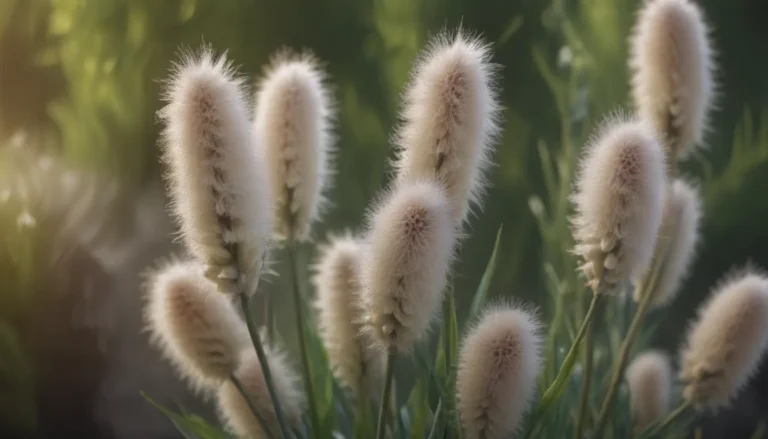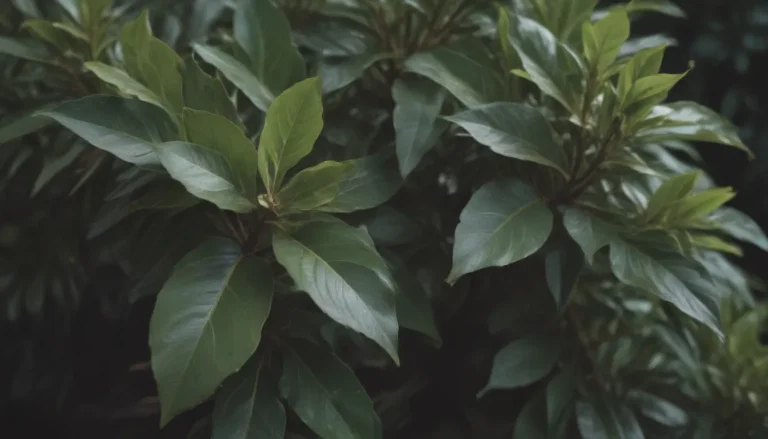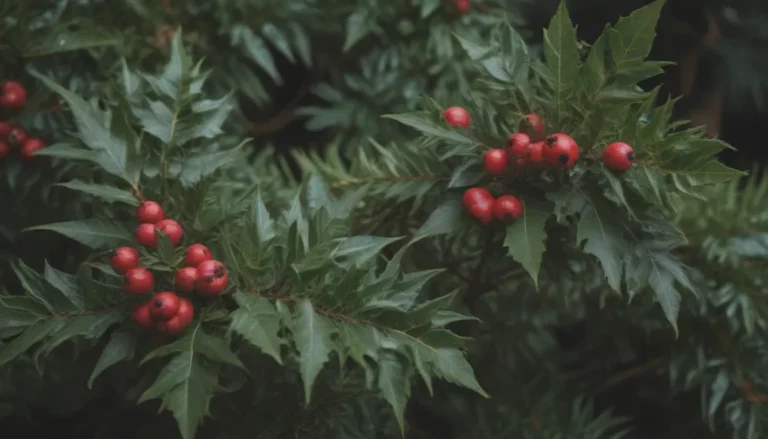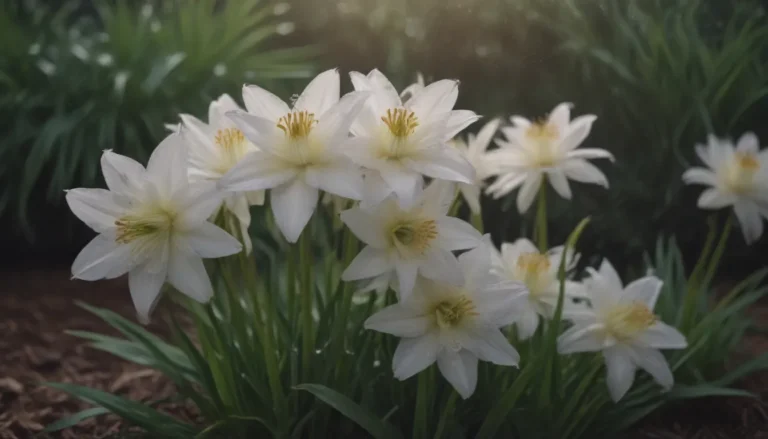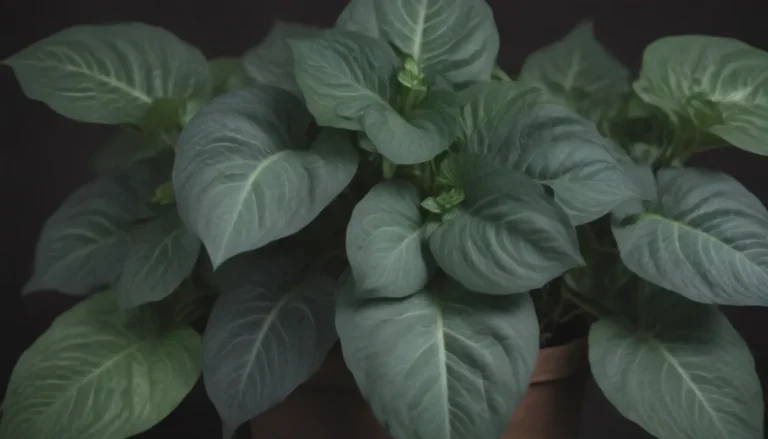Understanding the Difference Between Dead and Dormant Grass
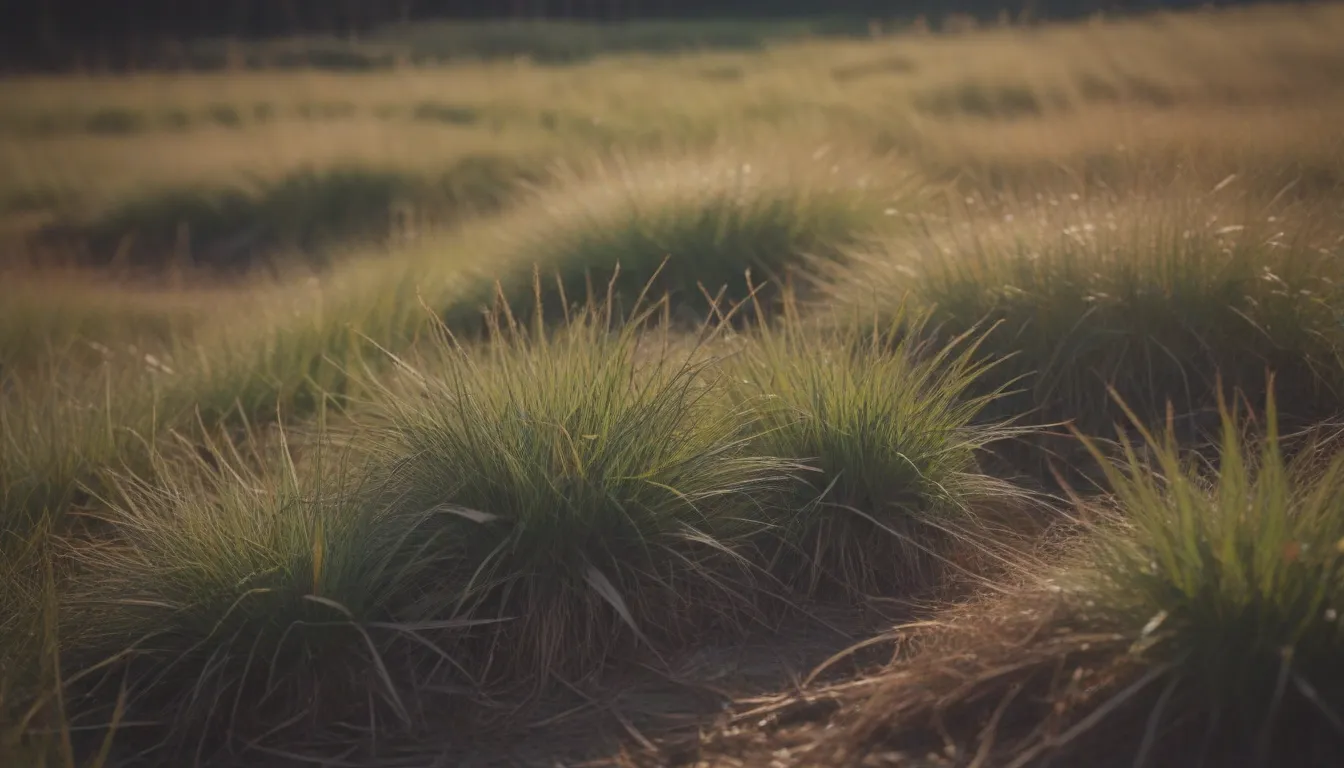
If you’ve ever looked out at your lawn and noticed it’s more brown than green, you may have wondered if your grass is dead or just dormant. Before you rush to replace your lawn, it’s important to understand the difference between dead grass and dormant grass. Some grass species naturally go into dormancy, a period where photosynthesis no longer occurs due to factors like temperature, lack of water, or environmental stress. In this article, we will explore how to distinguish between dead and dormant grass and what steps you can take to care for each.
Dead Grass vs. Dormant Grass: What Sets Them Apart
Dead grass and dormant grass may look similar at first glance, but there are key differences that can help you determine which state your lawn is in. Understanding these differences can save you time, money, and effort in unnecessary lawn repairs.
-
Dead Grass:
- Lifeless appearance
- Cannot be revived
- Often patchy in color
- Does not respond to watering or care
-
Dormant Grass:
- Appears slightly more alive than dead grass
- Typically stands more upright
- May have a different color or drier appearance
- Will revive and turn green once conditions improve
Signs Your Grass Is Dead
If you suspect that your grass may be dead, there are a few simple tests you can perform to confirm its status. By taking the time to assess whether your grass is truly dead, you can avoid unnecessary expenses and efforts in trying to revive it.
-
Give the Grass a Tug:
- Dead grass will come out easily when tugged, while dormant grass will resist.
-
Check the Color:
- Uniform color change indicates dormancy, while patchy color change may signify dead grass.
-
Give It a Spritz:
- Watering a suspected dead area for a few weeks may revive dormant grass but will not affect dead grass.
What to Do If Your Grass Is Dead
If you’ve determined that your grass is indeed dead, it’s time to consider replanting. Choosing the right type of grass seed is crucial, as it will determine the success of your lawn restoration efforts.
- Cool-Season Grass: Plant in fall for best results.
- Warm-Season Grass: Plant in spring for optimal growth.
- Sodding: Consider re-sodding your lawn, ideally in early fall before the grass enters dormancy.
Caring for Dormant Grass
Dormant grass may appear lifeless, but it still requires care to ensure it remains healthy and vibrant when it comes out of dormancy. Here are some essential tips to care for dormant grass:
-
Reduce Foot Traffic:
- Limiting activity on dormant grass can prevent damage.
-
Avoid Mowing:
- Hold off on mowing until the grass starts to green up.
-
Water Sparingly:
- Provide minimal watering to help the grass survive dormancy.
-
Avoid Fertilization:
- Refrain from fertilizing dormant grass to avoid stimulating growth prematurely.
-
Monitor for Pests:
- Keep an eye out for pests that may harm dormant grass.
Remember, dormant grass will return to its lush green state when conditions improve, while dead grass will not recover. By following these simple care tips, you can ensure your dormant grass remains healthy and vibrant.
Final Thoughts
In conclusion, understanding the difference between dead and dormant grass is essential for proper lawn care. By recognizing the signs and taking appropriate action, you can preserve the beauty of your lawn and avoid unnecessary expenses. Whether your grass is dormant or dead, knowing how to care for it can make all the difference in maintaining a vibrant and healthy lawn. So, next time you notice your grass looking less than lively, take a moment to assess its condition and provide the care it needs to thrive.
